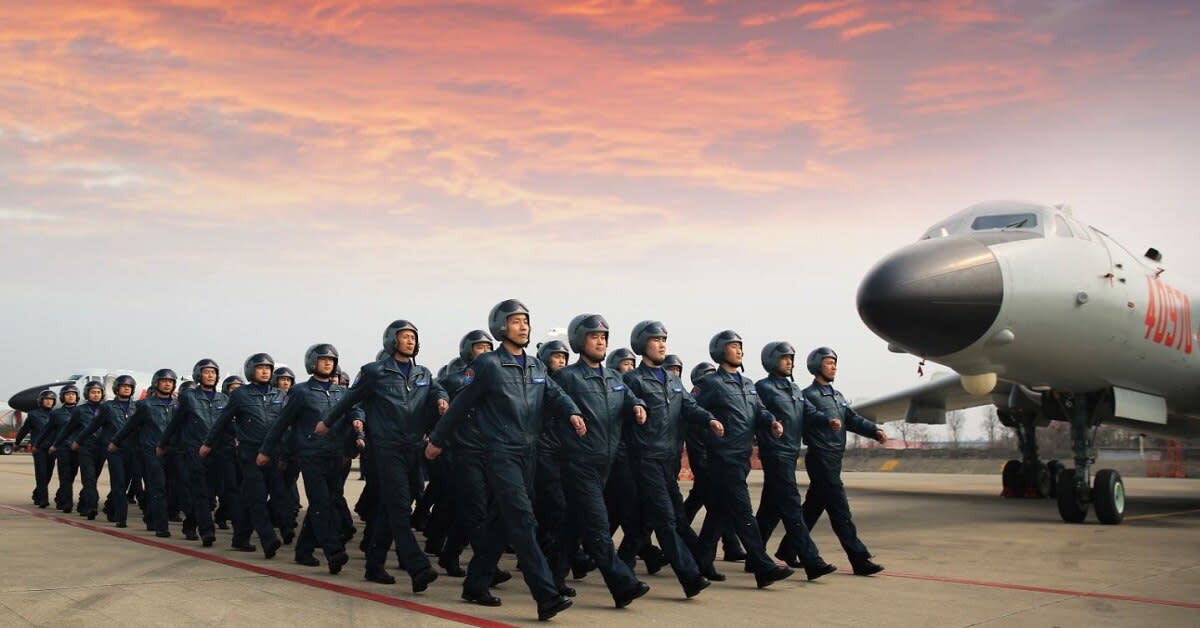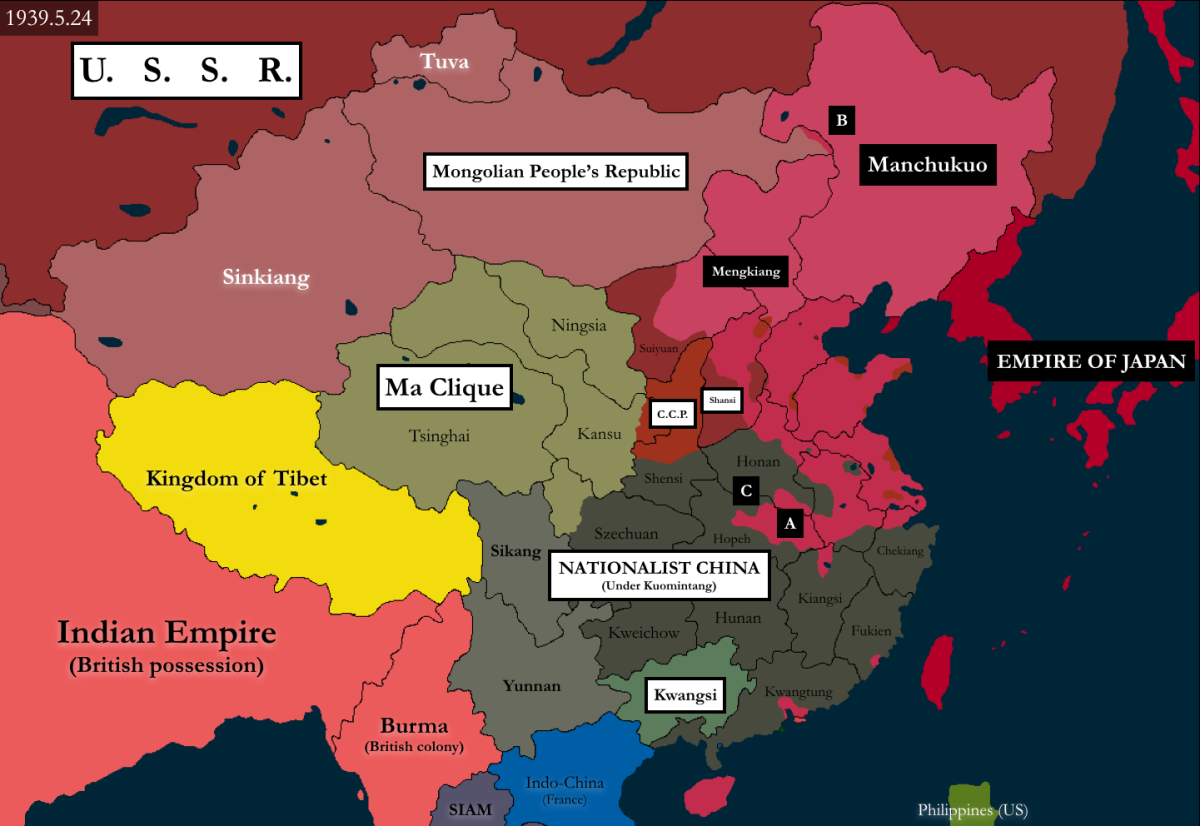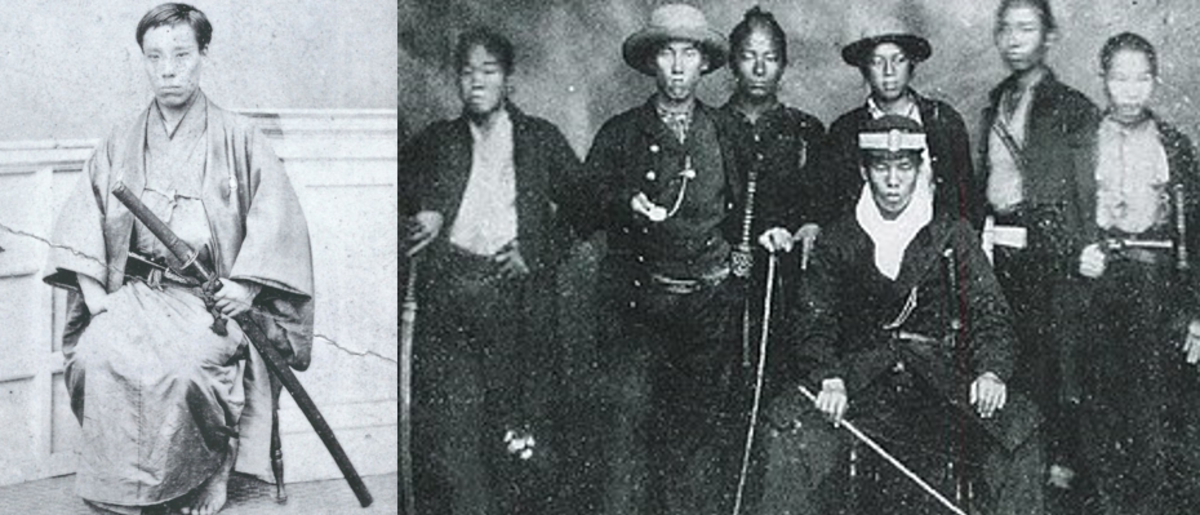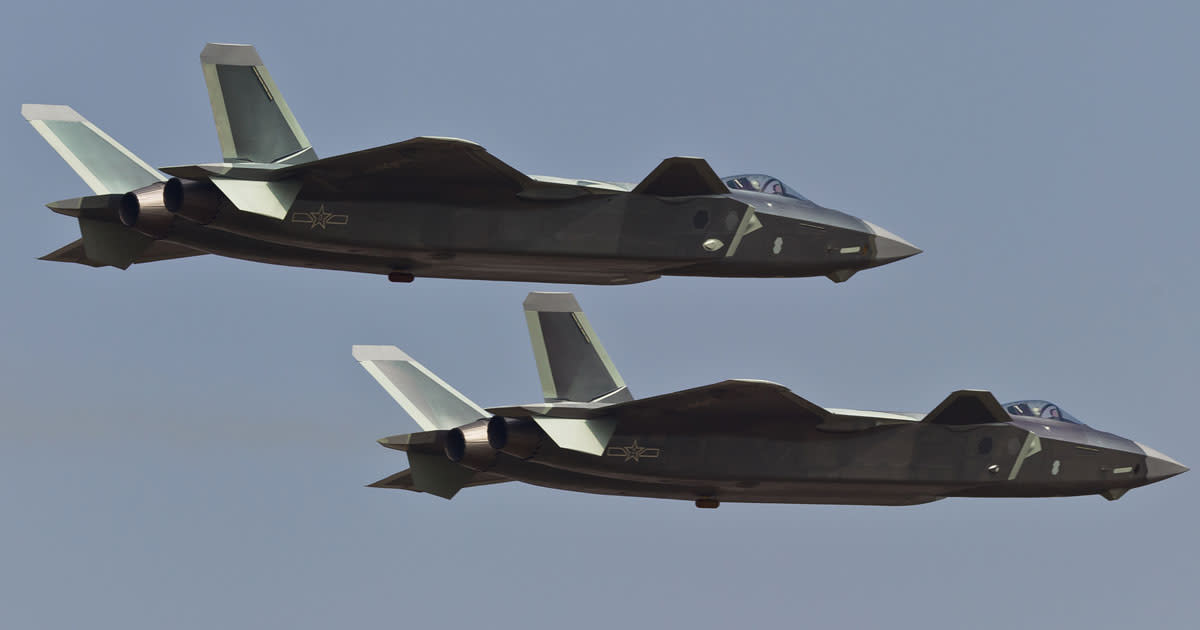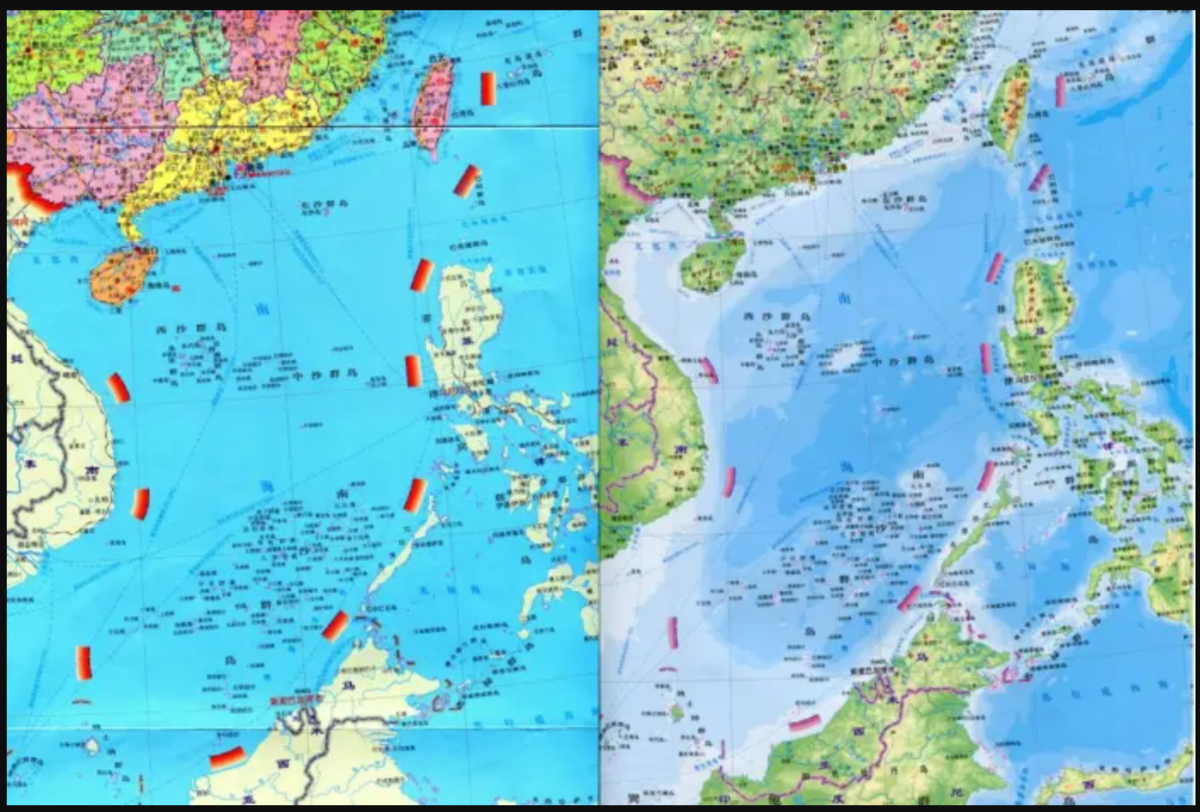How The East Was Won: China and Japan were Changed by the Western Powers in the 19th Century.

After centuries of avoiding western culture as much as possible, Asian nations such as China and Japan found that they could no longer avoid the growing influence of western politics and economics. European countries and the United States had begun to rapidly expand their power across the globe with new technologies that were changing the world. China and Japan were caught in this wave of western development and had to decide how to react to this threat to their cultural identity. The differing ways they addressed this western challenge affected their future fortunes.
Ever since the industrial revolution began, the world got smaller and smaller, making it impossible for the eastern world to maintain their isolationist tradition and resist the influence of the western world any longer. Both countries lagged behind the west technologically. Although both China and Japan initially thought themselves superior to the foreigners and looked down upon the westerners as barbarians, the Japanese learned to compromise and adapt, whereas the Chinese were sluggish in responding to the newcomers.This was the key to the differing fortunes the two countries had after they were exposed to the west.
China was ahead of Japan in certain areas that should actually have helped them handle the western influence better but didn’t. Since its leaders were devoted to Confucianism, it was more secular and bureaucratic. They had a more centralized government than Japan. Because of their history in discovery and innovation, China seemed a likely choice to be the Eastern country that best adapted to the west’s influence. However, that was not the case. There were certain aspects of Japanese culture that allowed for a flexibility that China didn’t have. Japan’s feudal structure slowed the spread of western influence. In contrast, China had a strong but inflexible government. In 1884, the French defeated the Chinese military for control of Vietnam. China was also hampered by its rapid population growth, which consumed many resources, leaving less for economic innovations. The country’s creative and intellectual life stagnated.
Japan knew the benefits of imitation, since it had already adapted aspects of Chinese culture into itself. They knew that they didn’t need to ignore the accomplishments of others, so they were able to put aside their isolationist ways and embrace ideas from other cultures. The Japanese were already in contact with Dutch merchants who introduced western medicine to Japan. The country’s intellectual life and culture had thrived under the Tokugawa regime, so they were not as overwhelmed by the advances of the west as China was.
In 1853, American naval Commodore Matthew Perry arrived with his “black ships” in Edo Bay and used the threat of bombardment to force the Japanese to allow Americans to remain there as traders. Given the superiority of the American navy, the Japanese had no choice but to open up Japan to foreigners. The Japanese were able to adapt to their presence, taking what they liked from the foreigners and dismissing the rest. For the average Japanese person, life went on for the next few decades similar to before the western traders came. Japan didn’t suffer the breakdown of authority that China did when the westerners came.
While Japan benefited from the influx of western ideas and technologies, China was so weakened by it that the Japanese chose to take advantage of China’s plight. Japan began the first Sino-Japanese War in 1894-95, where Japan took Korea from the Chinese. After centuries of looking down at Japan as inferiors and imitators, China was humiliated by Japan’s now superior military. After the demoralizing defeat, China submitted further to imperialist pressure from European countries to open up more trade with them.
Once the pattern of response to the west was established, the difference in how it affected each country grew each year. Western exploitation of Chinese resources continued to make the country more and more chaotic. Japan, however, grew steadily as a world power.The two countries became enemies and would fight each other repeatedly until the Second World War, with Japan always the victor.

